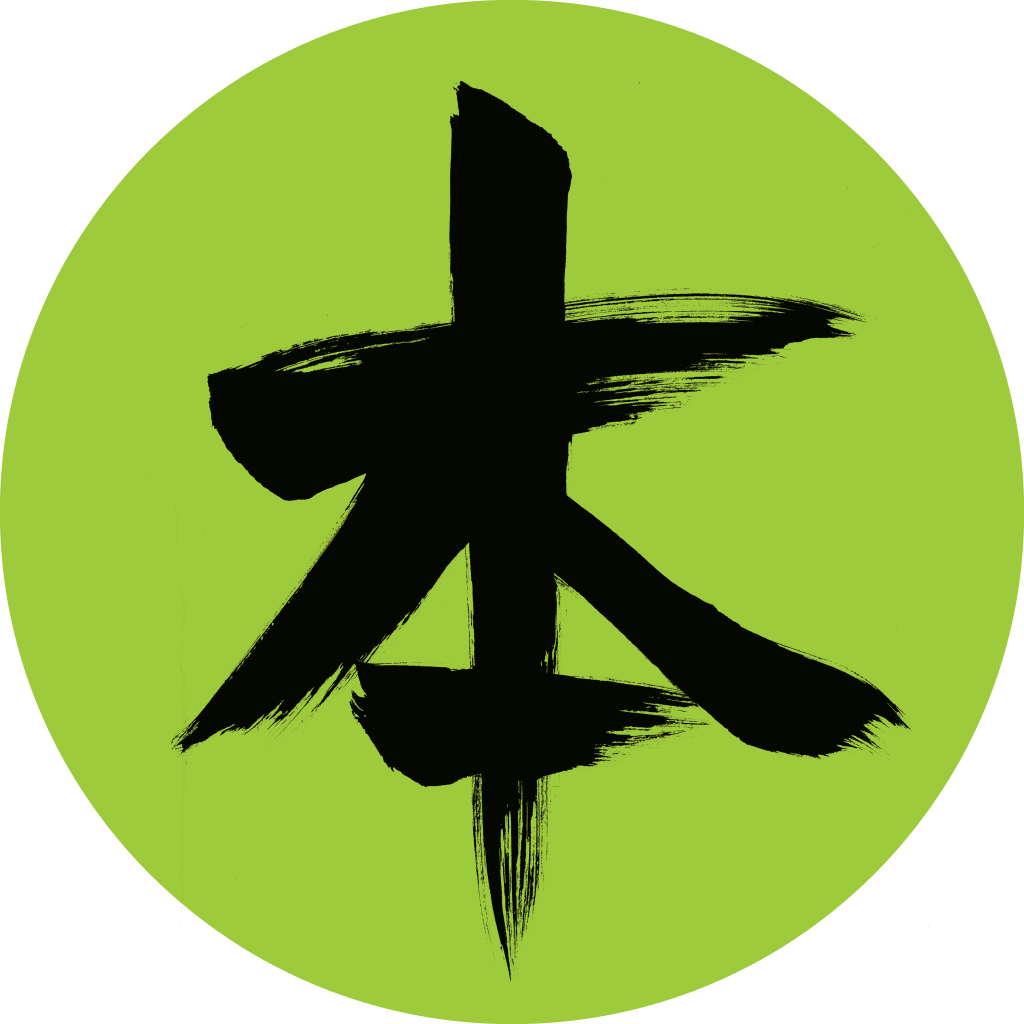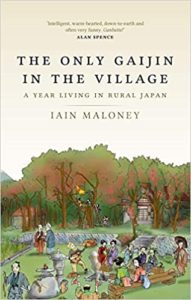In this episode of the Books on Asia podcast, podcast host and island-dweller Amy Chavez and Gifu countryside village-dweller Iain Maloney discuss their experiences living in Japan’s countryside. Iain’s book The Only Gaijin in the Village: A Year Living in Rural Japan is dedicated to the subject of himself moving to the the countryside with his Japanese wife, while Amy in her latest book The Widow, the Priest and the Octopus Hunter: Discovering a Lost Way of Life on a Secluded Japanese Island documents the countryside living experience with an emphasis on the Japanese people she lives among. See what similarities and differences these authors reveal in this “shared experience” of moving to, and living in, Japan’s countryside.
Ep. 24 Show Notes:
Some helpful vocabulary for this episode:
gaijin-a non-Japanese person
honcho-the head of a local neighborhood area or association
chonaikai-Neighborhood Association
kairanban-a notebook sponsored by the Neighborhood Association that acts as a communication tool that is passed from house to house to inform of local events. One reads the notice, checks off they’ve read it, then the notebook it walked to the next person’s house and turned over to them.
akiya-an empty or abandoned house
akiya taisaku-Measures taken to fill empty houses with tenants
fudosan-real estate agent
murahachibu-ostracization, non-acceptance of outsiders
hanko-one’s seal or stamp used on official documents (mortgages, legal documents, etc.). Used like signatures in Western countries.
danka-a parishoner or member of a Buddhist temple
shimatsukuriinkai-similar to a town hall meeting as applied to an island
Amy starts off asking Iain what influenced his decision to move to Japan’s countryside. They both discuss the odd lack of livestock, which is one of the first things Westerner’s associate with the bucolic countryside.
Amy then asks Iain how he and his wife went about selecting a house, if they had to fix it up themselves, and what the process of moving in was. They compare houses, repairs, especially toilets. Iain talks about the things that confounded their real estate agent when they were house hunting. Amy explains the much more complicated process of moving to the island where she lives.
Amy talks about having moved to Shiraishi Island by herself, and how she later brought a foreign husband into the mix, and asks Iain what aspects make it easier or more difficult to move to the countryside with a Japanese spouse. They talk about the pros and cons of being “accepted” into a Japanese community, and the phenomenon of ostracization (murahachibu) which also applies to Japanese people. They also discuss good foreigner/bad foreigner stereotypes that exist for non-Japanese. Amy talks about how she grew to understand the real issues behind murahachibu.
Since each village is different and every area has its own customs, rules and ways of doing things, they compare Neighborhood Associations, the volunteer fire department, and taking part in town-hall meetings as well as dealing with neighbors, their indirectness and how the power of suggestion plays a role in Japanese society.
They talk about akiya taisaku attempts to lure Japanese people into countryside living and Amy talks about the people who helped her integrate into her community.
Lastly, Iain’s names his favorite books related to Japan’s countryside:
Inaka: Portraits of Rural Life in Japan (an anthology)
Lost Japan, by Alex Kerr
Unbeaten Tracks in Japan, by Isabella Bird
Kanazawa, by David joiner
The Easy Life in Kamusari by Shion Miura (transl. Juliet W. Carpenter) Note: Now $1.99 on US Kindle for a limited time!


